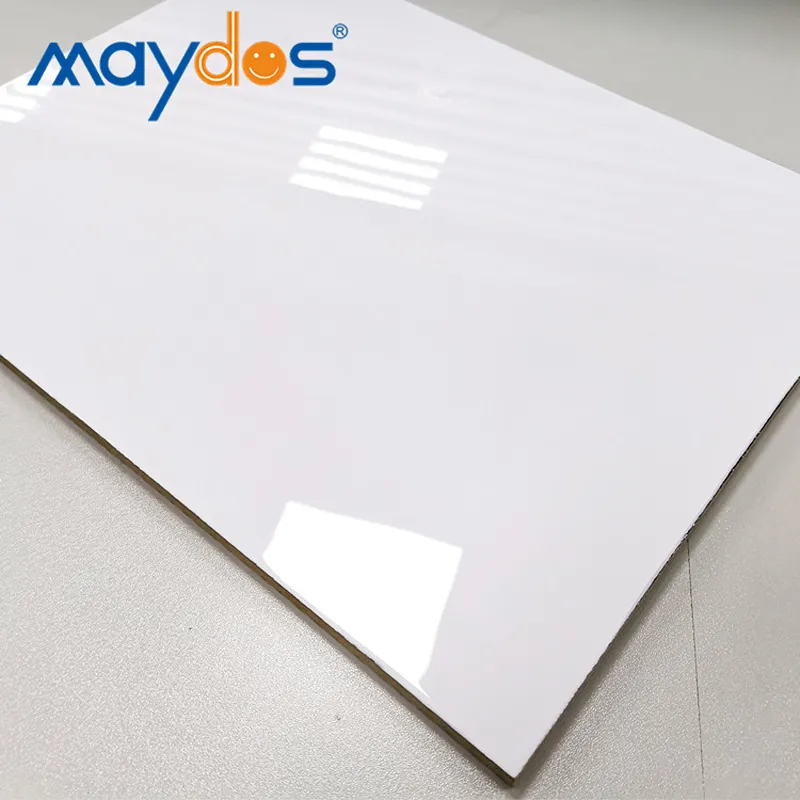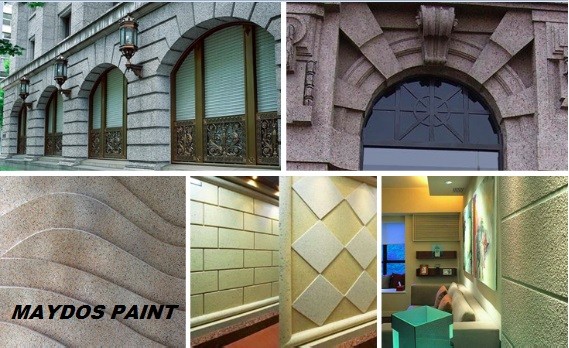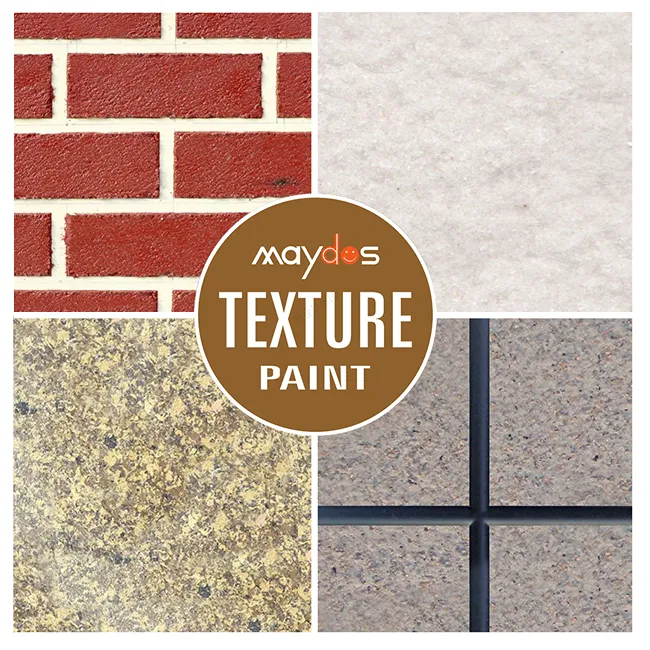If you’re battling higher temperatures and costly energy bills, you might be asking: does heat reflective roof paint work? Yes, it does. By reflecting sunlight, this paint can lessen the amount your roof heats up, thereby keeping indoor spaces cooler and often reducing energy expenses. This article will unpack the technology, benefits, and limitations of heat reflective roof paint, helping you determine if it’s right for your property.
Understanding Heat Reflective Roof Coatings
The concept of heat reflective roof paint is simple yet revolutionary. It’s a type of roofing coat, typically white or light-coloured, designed to reduce solar heat absorption and provide better insulation. The secret lies in its composition — a mixture of acrylic or polymeric materials and a whitened reflective colorant, which enables the paint to reflect an average of 69% of solar radiation. By acting as a barrier to solar energy transfer, heat reflective roof paints serve as a mirror to reflect UV rays, maintaining a cooler roof surface.
But how does this paint achieve such impressive solar reflectance and what materials are most suited for its application? Let’s delve a bit deeper into the science behind it.
The Science Behind Reflective Paint
The core functionality of reflective roof paint lies in its ability to deflect radiant visual energy and repel solar heat, interrupting the standard transference of solar energy. This reflection of sunlight away from buildings significantly mitigates the urban heat island effect, as the earth radiates heat back into the atmosphere. This contributes to energy conservation in densely populated cities, making reflective roof paint work an essential component of sustainable urban planning.
However, it’s worth noting that while beneficial in warmer months, solar reflective paint does not help maintain indoor warmth during winter, as it does not retain the infrared radiation that can escape from a heated building.
High Solar Reflectance Materials
Technologies like InfraCool and Thermatech enhance solar reflection in heat reflective paints, reducing surface temperature and minimizing interior heat. For instance, solar thermal reflective paints can reflect up to 80% of the sun’s solar energy, significantly cooling surfaces like roofs and hence reducing the reliance on air conditioning systems. Aluminum roof coatings, known for their exceptional heat reflective properties, can enhance the durability of the roofing material, lower energy-related costs, and decrease the strain on cooling systems.
The versatility of heat reflective paint allows it to be applied to various materials, including:
- Concrete tile
- Colorbond steel
- Fibro
- Galvanized iron
- Zinc/aluminum coated steel roofs or walls.
Reflective Roof Paint vs. Standard Paint
Energy Star Heat Reflective Roof Paint can reflect up to 50% of solar heat, even when applied in dark colors, providing flexibility in color choice without sacrificing energy savings. Standard white roof paints, such as White 16, have high total solar reflectance but still perform similarly to some ceramic solar reflective paints in energy deflection.
However, the presence of consistent spray foam insulation and an airtight ceiling diminishes the distinct energy efficient advantage of solar reflective coatings over traditional white colored paint.
Solar Thermal Reflective Paints
Solar reflective coatings may slightly outperform standard white paint in terms of energy efficiency, but not enough to make a quantifiable difference in roof area temperature reduction. A solar reflective coating, like silicone roof coatings, stands out by:
- Creating a water-resistant barrier
- Reflecting sunlight
- Resulting in lower indoor temperatures
- Potential energy savings
If you’re battling higher temperatures and costly energy bills, you might be asking: does heat reflective roof paint work? Yes, it does. By reflecting sunlight, this paint can lessen the amount your roof heats up, thereby keeping indoor spaces cooler and often reducing energy expenses. This article will unpack the technology, benefits, and limitations of heat reflective roof paint, helping you determine if it’s right for your property.
Understanding Heat Reflective Roof Coatings
The concept of heat reflective roof paint is simple yet revolutionary. It’s a type of roofing coat, typically white or light-coloured, designed to reduce solar heat absorption and provide better insulation. The secret lies in its composition — a mixture of acrylic or polymeric materials and a whitened reflective colorant, which enables the paint to reflect an average of 69% of solar radiation. By acting as a barrier to solar energy transfer, heat reflective roof paints serve as a mirror to reflect UV rays, maintaining a cooler roof surface.
But how does this paint achieve such impressive solar reflectance and what materials are most suited for its application? Let’s delve a bit deeper into the science behind it.
The Science Behind Reflective Paint
The core functionality of reflective roof paint lies in its ability to deflect radiant visual energy and repel solar heat, interrupting the standard transference of solar energy. This reflection of sunlight away from buildings significantly mitigates the urban heat island effect, as the earth radiates heat back into the atmosphere. This contributes to energy conservation in densely populated cities, making reflective roof paint work an essential component of sustainable urban planning.
However, it’s worth noting that while beneficial in warmer months, solar reflective paint does not help maintain indoor warmth during winter, as it does not retain the infrared radiation that can escape from a heated building.
High Solar Reflectance Materials
Technologies like InfraCool and Thermatech enhance solar reflection in heat reflective paints, reducing surface temperature and minimizing interior heat. For instance, solar thermal reflective paints can reflect up to 80% of the sun’s solar energy, significantly cooling surfaces like roofs and hence reducing the reliance on air conditioning systems. Aluminum roof coatings, known for their exceptional heat reflective properties, can enhance the durability of the roofing material, lower energy-related costs, and decrease the strain on cooling systems.
The versatility of heat reflective paint allows it to be applied to various materials, including:
- Concrete tile
- Colorbond steel
- Fibro
- Galvanized iron
- Zinc/aluminum coated steel roofs or walls.
Reflective Roof Paint vs. Standard Paint
Energy Star Heat Reflective Roof Paint can reflect up to 50% of solar heat, even when applied in dark colors, providing flexibility in color choice without sacrificing energy savings. Standard white roof paints, such as White 16, have high total solar reflectance but still perform similarly to some ceramic solar reflective paints in energy deflection.
However, the presence of consistent spray foam insulation and an airtight ceiling diminishes the distinct energy efficient advantage of solar reflective coatings over traditional white colored paint.
Solar Thermal Reflective Paints
Solar reflective coatings may slightly outperform standard white paint in terms of energy efficiency, but not enough to make a quantifiable difference in roof area temperature reduction. A solar reflective coating, like silicone roof coatings, stands out by:
- Creating a water-resistant barrier
- Reflecting sunlight
- Resulting in lower indoor temperatures
- Potential energy savings






















